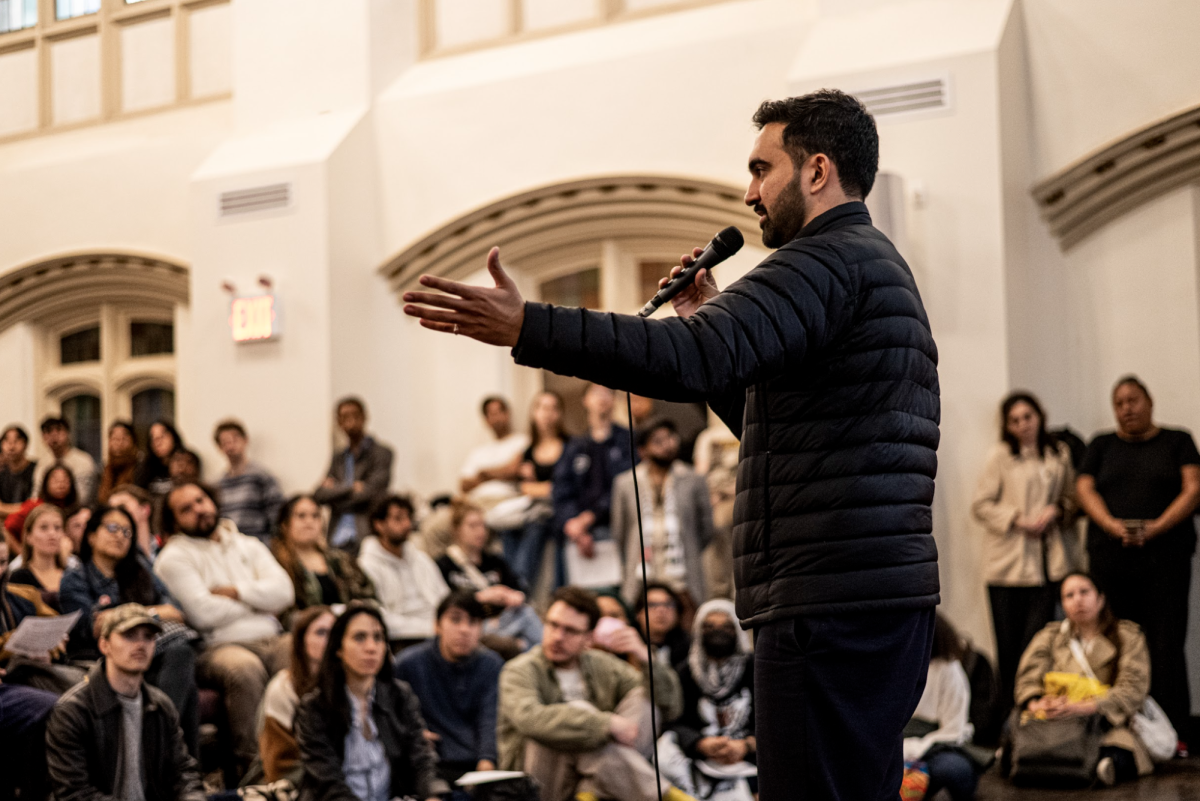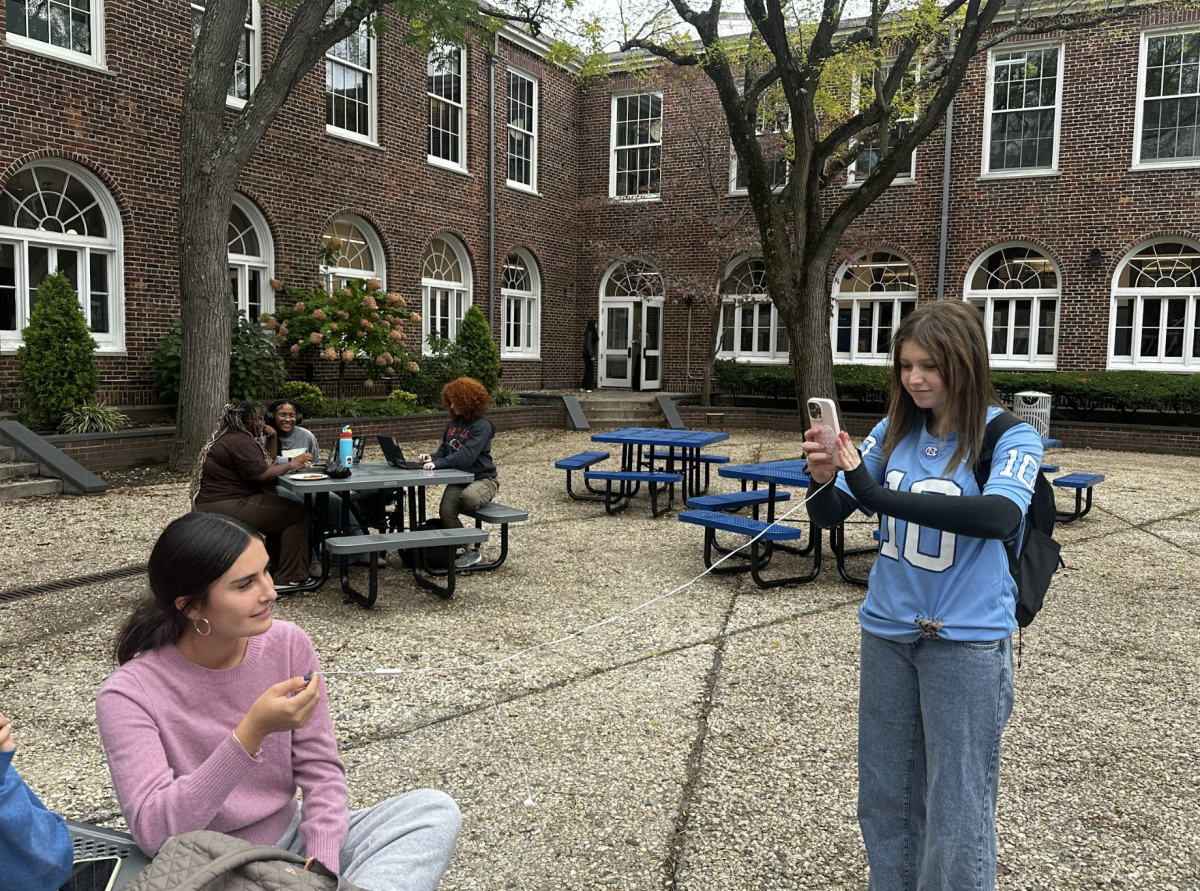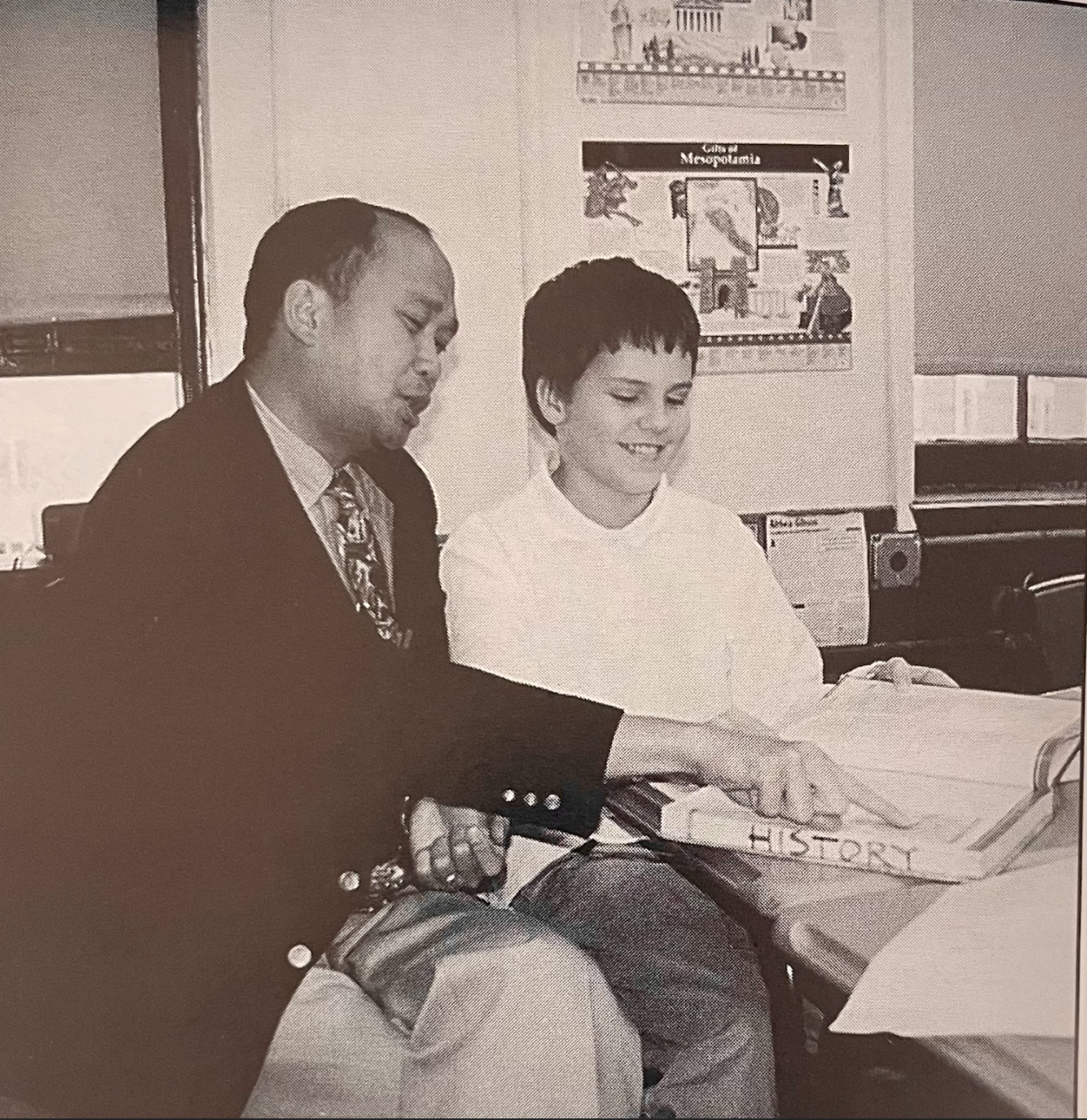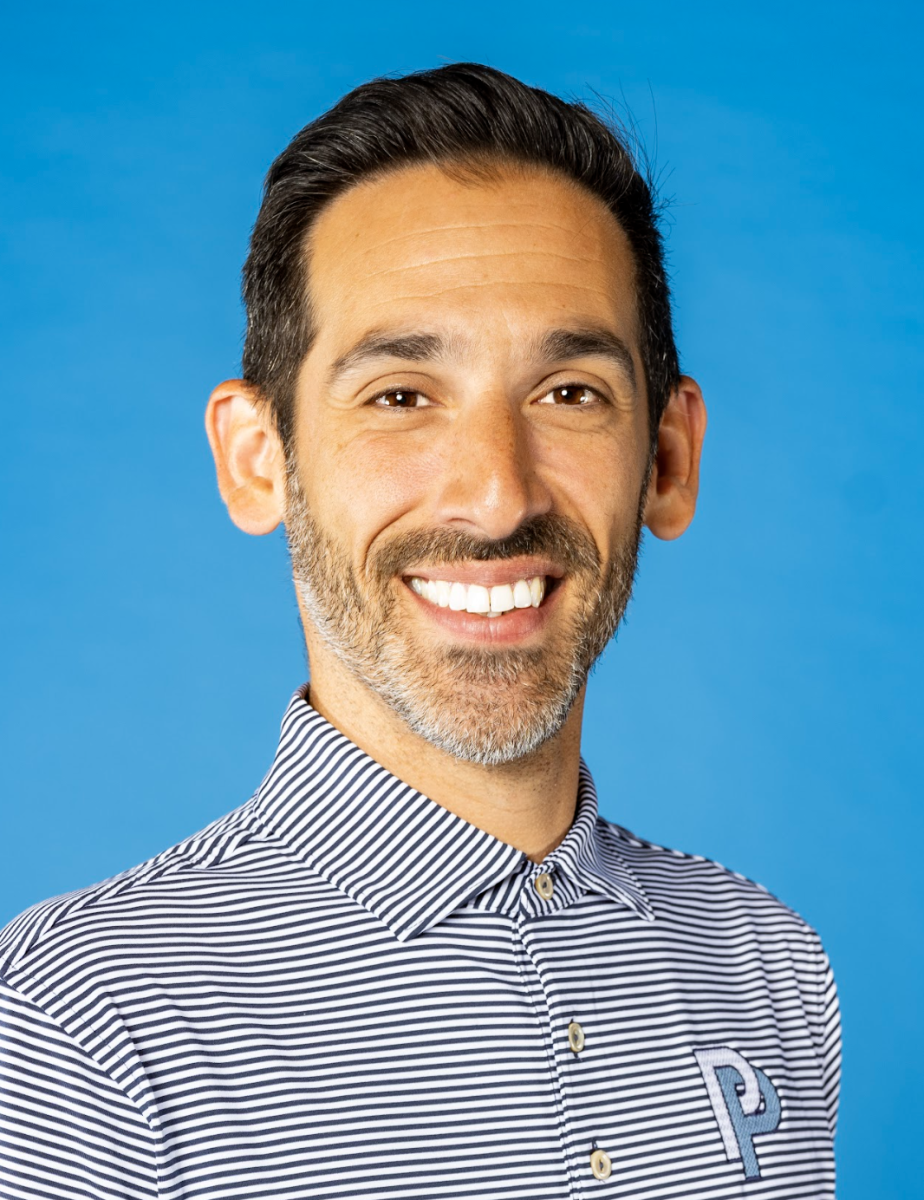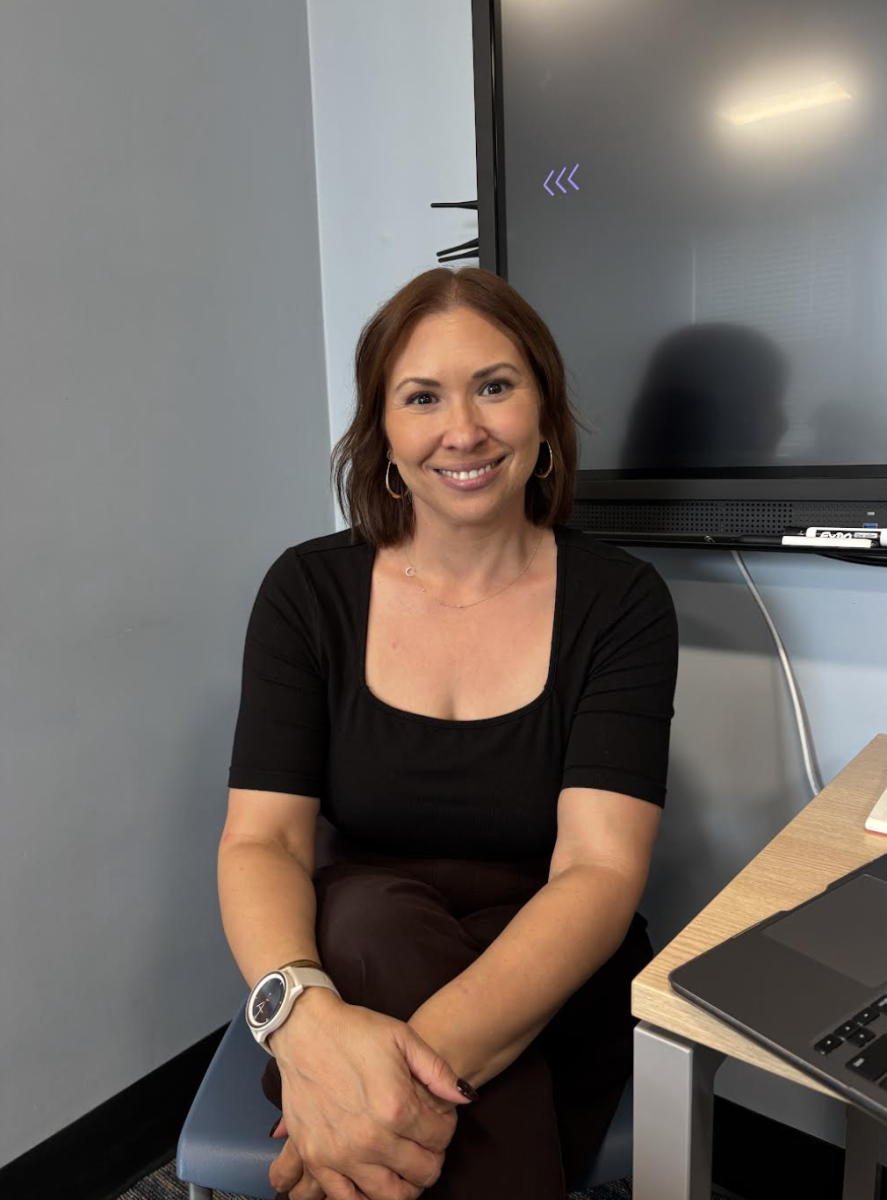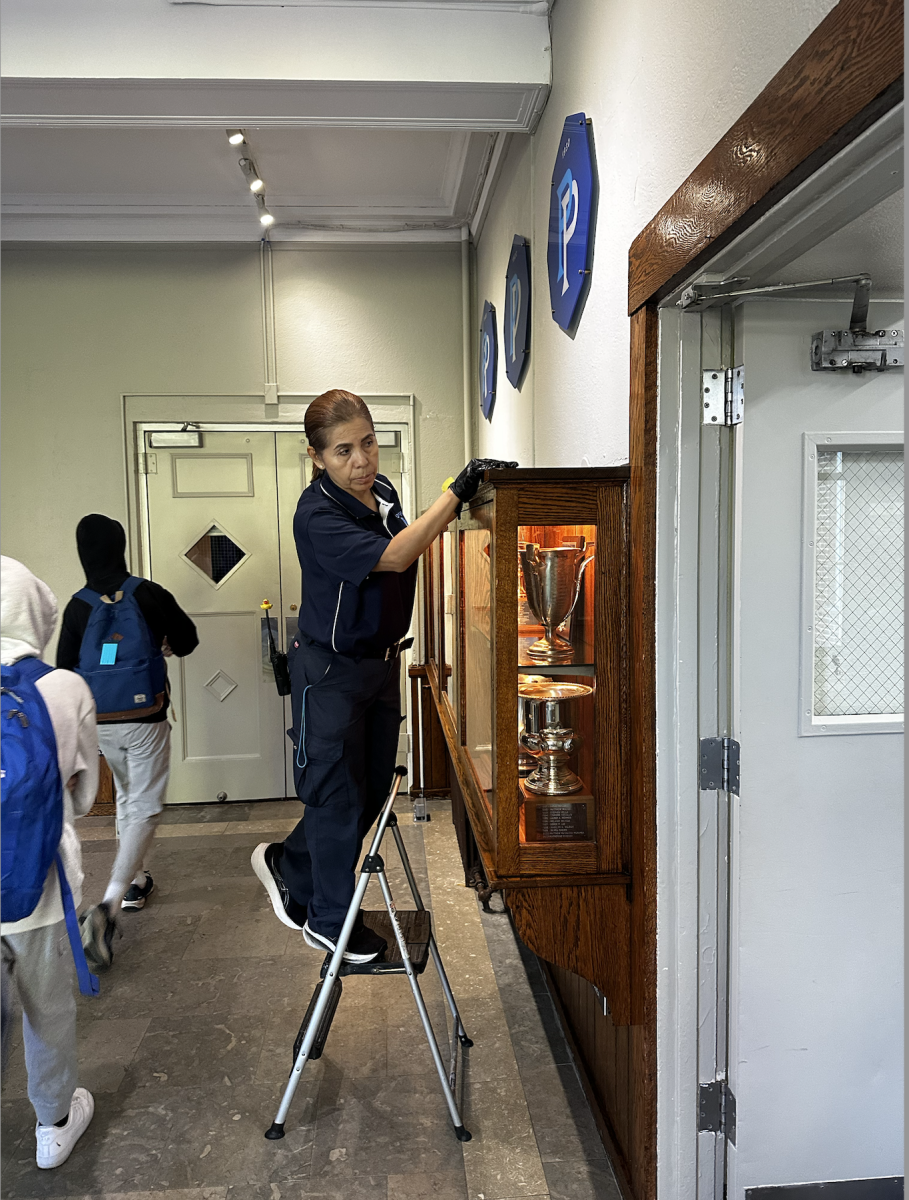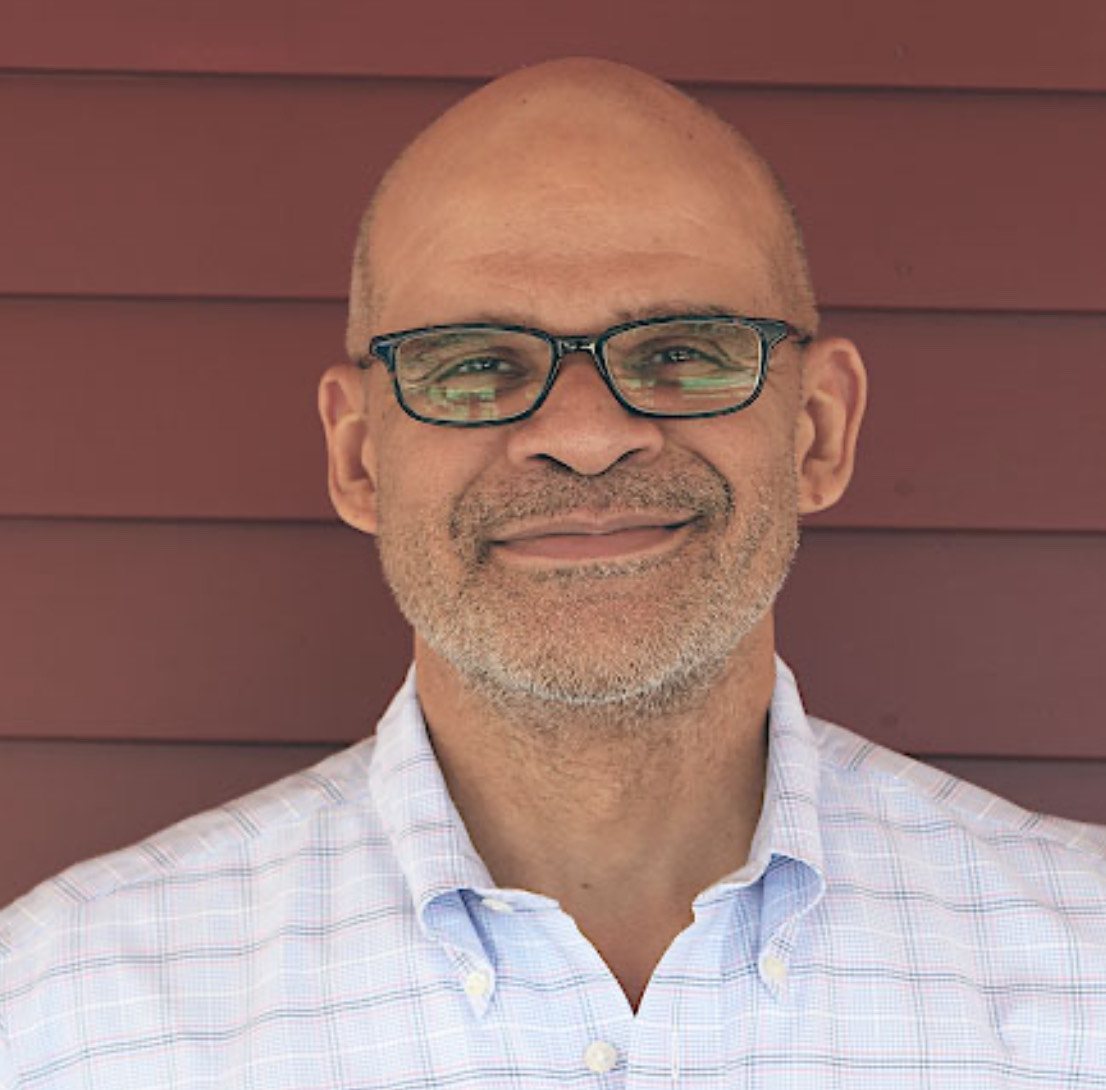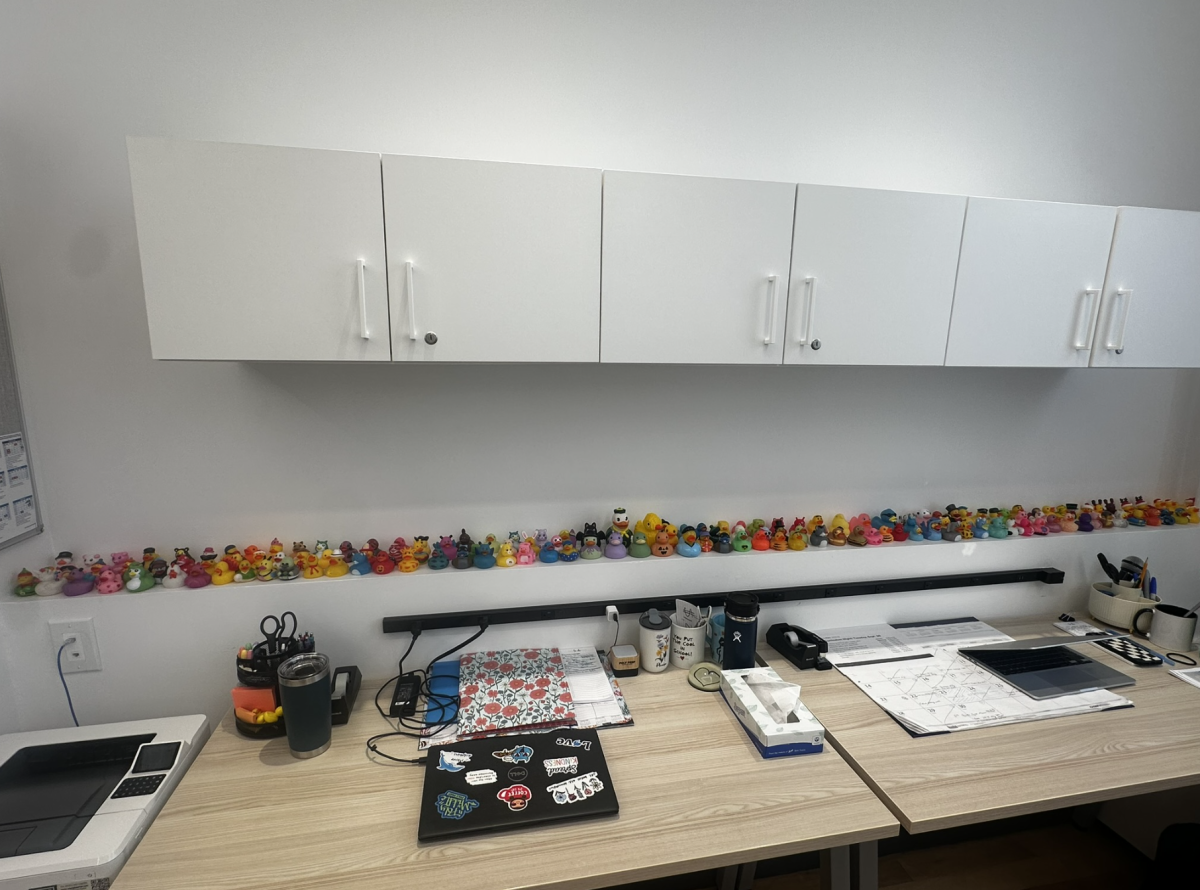SAD: Seasonal Affective Disorder During the Pandemic
As temperatures and the number of daylight hours drop during the shift between fall and winter, some find that they experience Seasonal Affective Disorder (SAD), a form of severe cyclical depression. Experts say that cases of seasonal depression may be far more prevalent in adults and teens this winter, due to the global pandemic and other added stressors.
In a Google Form sent out to Upper School students in regards to mental health changes during the fall, winter, and other seasons, 55.9 percent of students found that they were more sad and stressed during the winter months. Nearly 68 percent of students said that their mental health changes around the same time every year, and some even explicitly stated that they experience depression and/or SAD.
Sophomore Mary Howell said, “I feel stressed and/or sad most of the time, but it’s very different during the different times of year. During the winter, for example, I feel more stressed and tired because of the shorter days and having to do more preparation for exams and bigger projects. I also feel less energetic because we aren’t practicing sports outside.”
Similarly, freshman Frances Brooks said that during wintertime “I think it being darker outside lowers my mood. I am also not able to hang out with friends and go outside as much as I would normally.”
As stated in the Diagnostic Manual of Mental Disorders (DSM-5), SAD is categorized as “Major Depressive Disorder with Seasonal Pattern.” According to Anais Kingsberry, Poly’s new Upper School counselor and psychologist, common symptoms of SAD can include “difficulty sleeping or sleeping too much, constantly feeling sad, weight gain, social withdrawal, loss of interest in normally enjoyable activities and even increased cravings for starches or sweets.”
These symptoms can range from mild to severe. They typically begin in the fall and winter months, and improve with the influx of warmer weather.
In order to officially be diagnosed with SAD, as summarized by the National Institute of Mental Health (NIMH) on their website, a person must have symptoms of major depression and depressive episodes that occur during specific seasons. These episodes also must be more frequent than other depressive episodes that the person may have experienced at other times throughout the year.
Since some people are experiencing mental health struggles during a pandemic that limits social interactions and time outdoors, there is much more room for increased tension, stress, anxiety, and depression. In a 2020 article in Yale Medicine, Paul Desan, M.D., Ph.D., director of the Psychiatric Consultation Service at Yale New Haven Hospital said, “We are seeing an obvious increase in the number of people seeking help for anxiety, and that’s not unreasonable. People are anxious about catching COVID-19, among other related issues. This is a major mental health event.” Now, in 2021, this is still the case.
“There was, I imagine, an uptick in people experiencing SAD during the pandemic as people were more and more depressed and they had fewer opportunities to do things that help them to feel happy and cope with these difficult times,” said Kingsberry.
“If students feel overly stressed by extracurriculars, academics, or even aspects of their personal life such as friendships, they may be more likely to be affected by the change of season,” said Kingsberry. She noted that “there still are also changes to our daily lives that have been caused by COVID. Maybe people aren’t socializing as much as they used to or they aren’t able to do all the activities they did prior to quarantine. There is still social distancing and mask mandates so those factors alone can contribute to how students feel mentally.”
The good news is that there are a number of ways to help improve SAD. Experts say that one of the most effective treatment options is light therapy, where patients sit or work near a box that mimics the outdoor light exposure people get less of during the winter. According to the Mayo Clinic, “Light therapy is thought to affect brain chemicals linked to mood and sleep, easing SAD symptoms. Using a light therapy box may also help with other types of depression, sleep disorders and other conditions.”
According to Kingsberry other practices can include “making sure you keep the lights on during the day to improve mood and focus, maintaining a clean and organized workspace, and keeping images around of relaxing or positive scenes.” As we transition into the winter months, it is important that people prioritize taking care of their own mental health and well-being.
“If symptoms are very severe or getting in the way of doing certain day-to-day activities, then you would want to let someone in your life know,” said Kingsberry. “If you already have a therapist, you can talk to them, or possibly speak with a counselor or trusted parent to get some support.”

Jordan Millar is the current Co-Editor-in-Chief of the Polygon and a senior. She began writing for the Polygon during her freshman year as a staff writer,...



